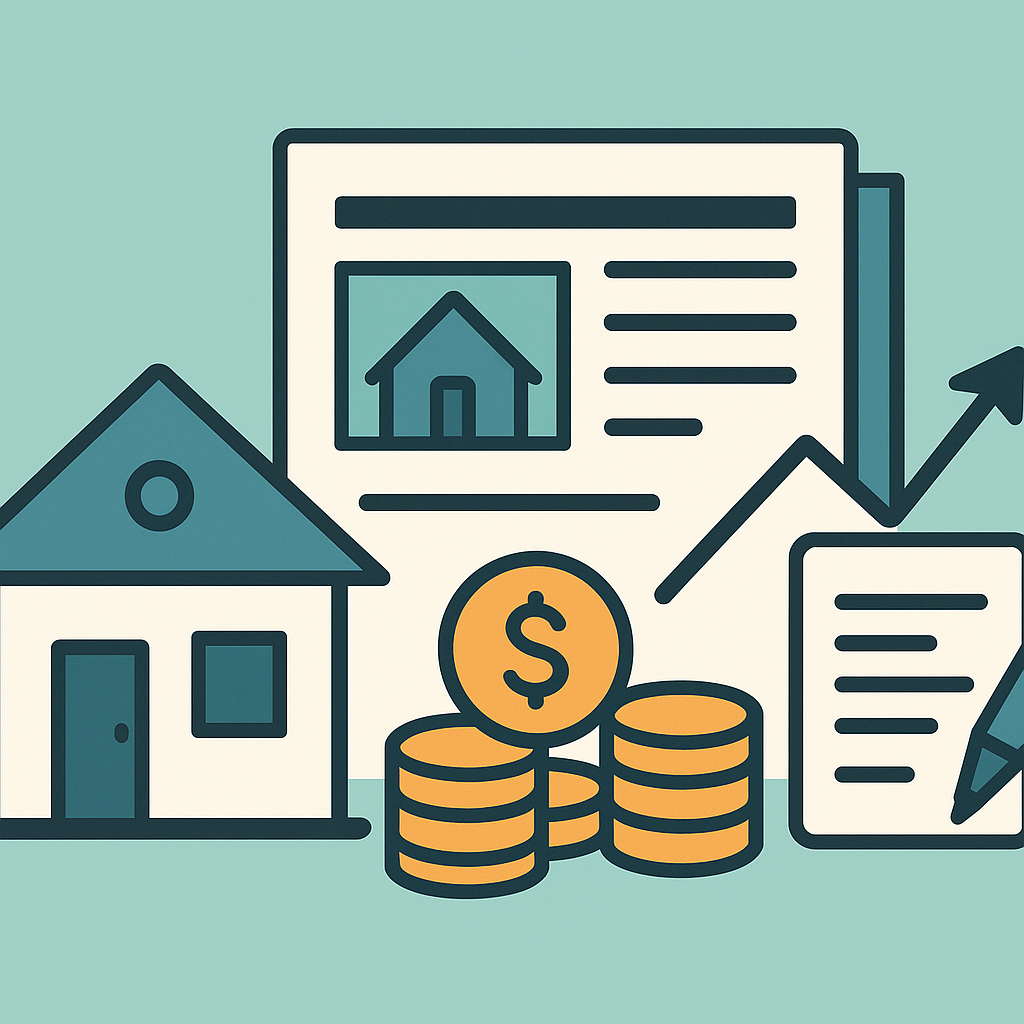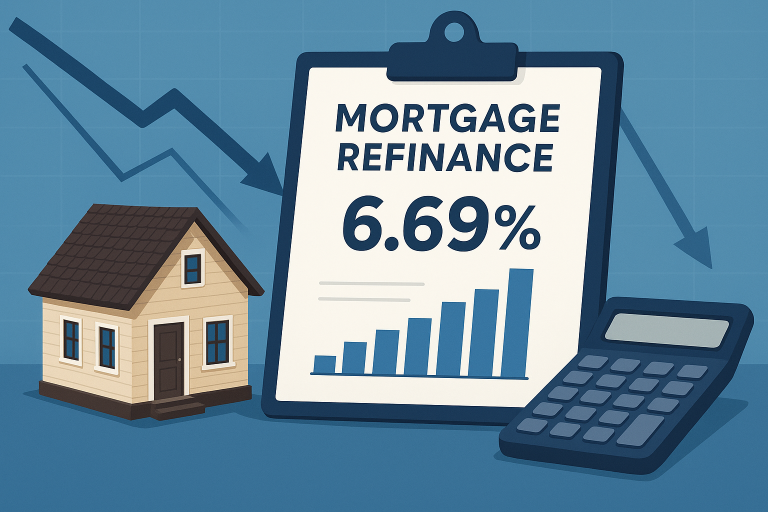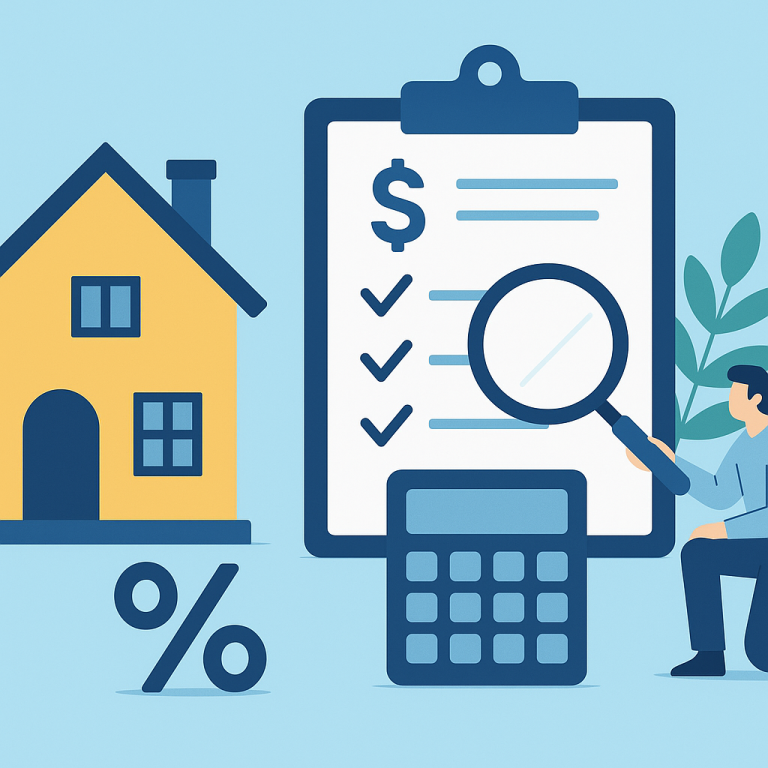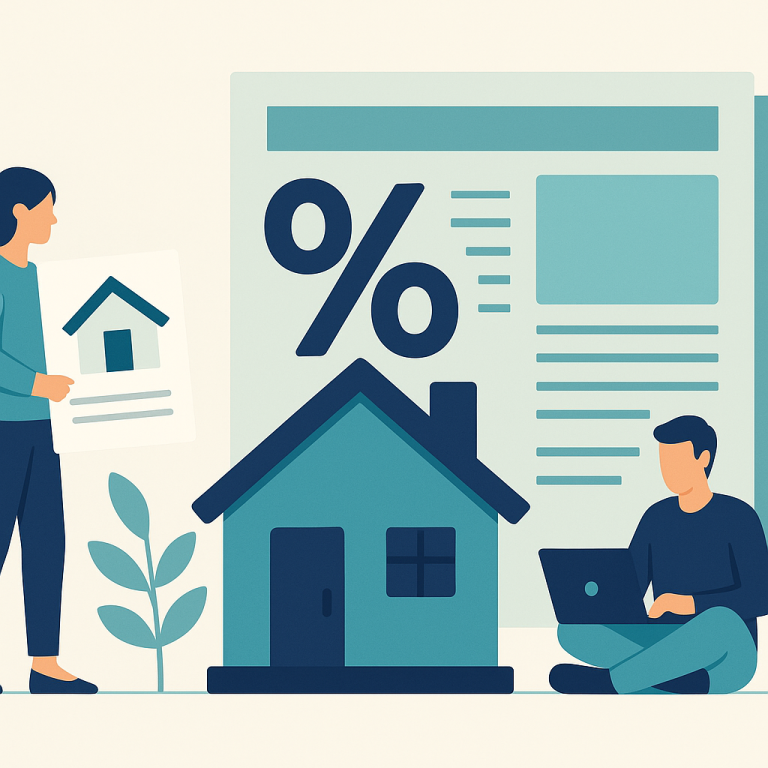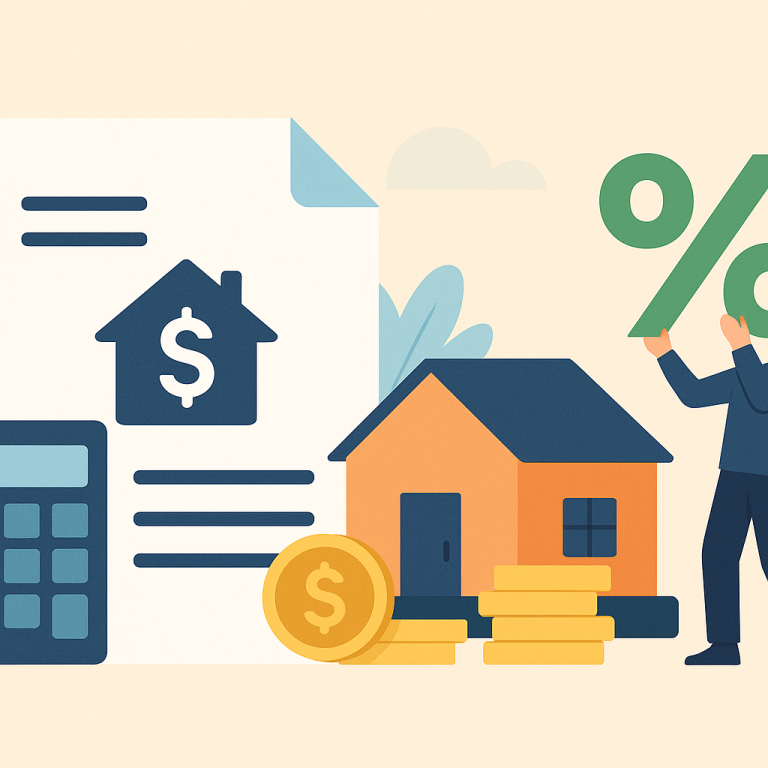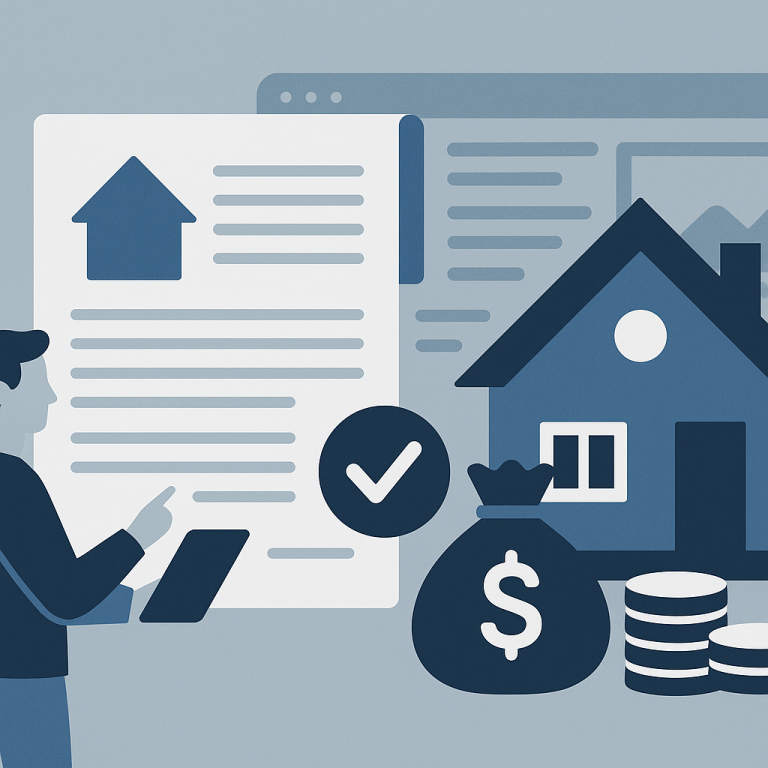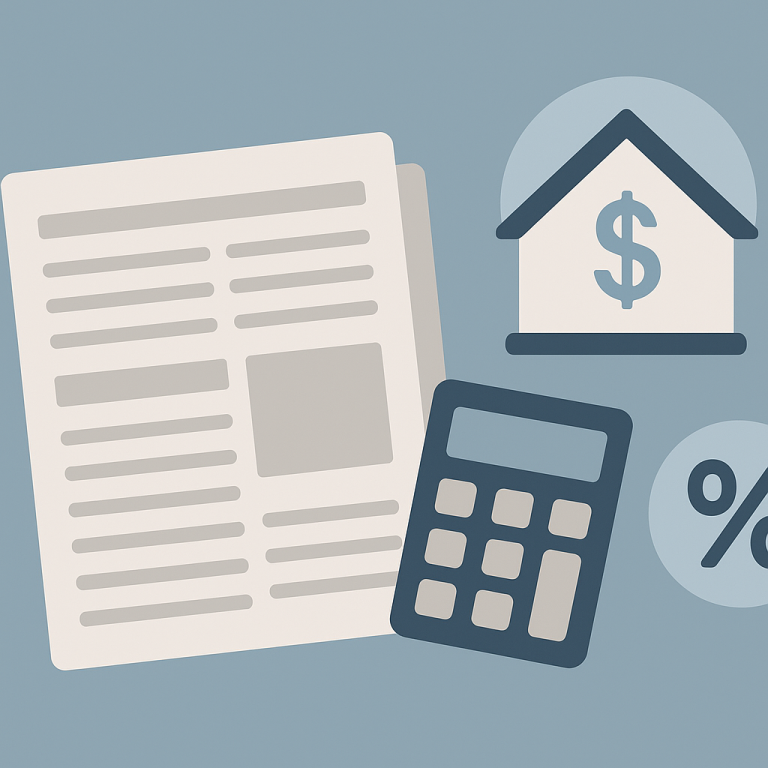Refinance Applications Surge 22% After 30-Year Fixed Rate Drops To 4.25%
At a glance: The latest mortgage rate drop and how it could affect refinancing decisions.
Mortgage rates have moved lower. That can improve affordability and may reopen refinance options for borrowers whose current rate is above today’s quotes.
What the Rate Drop Means for Borrowers
Many homeowners view refinancing as a way to reduce monthly payments, but refinancing into a shorter-term mortgage is a distinct strategy that emphasizes long-term savings and accelerated equity build-up. This approach replaces an existing loan with one that has a shorter amortization schedule, often at a competitive interest rate, shifting the financial priority from lower monthly outlay to reduced lifetime interest and faster ownership.
The decision hinges on clear objectives. Homeowners whose priority is to pay off the mortgage sooner and reduce total interest paid should weigh the tradeoffs carefully: monthly payments will generally rise, closing costs apply, and the strategy makes sense only if the homeowner intends to remain in the property long enough to realize the net benefits.
Key Factors to Consider Before Refinancing
-
Break-even horizon: Compare the upfront costs of refinancing with the monthly interest savings to estimate how long it will take to recoup fees. If you expect to stay in the home beyond that period, a shorter-term refinance can be advantageous.
-
Monthly cash flow impact: Shortening the loan term typically increases monthly payments. Evaluate whether your budget can absorb the higher payment without compromising emergency savings or other financial goals.
-
Interest rate differential: The benefit of refinancing depends on the rate you can secure relative to your current rate. A meaningful reduction in rate can amplify the savings of a shorter term, while a marginal rate change may not justify higher payments or fees.
-
Remaining loan balance and term: The stage of your current mortgage affects the math. Borrowers early in an amortization schedule will see more interest savings from a shortened term than those already close to payoff.
-
Credit profile and loan options: Your credit score, debt-to-income ratio, and available refinance programs influence the rate and terms offered. Shopping multiple lenders can surface options that align with your objectives.
-
Tax and financial planning: Consider how the change interacts with tax deductions, retirement funding, and other long-term plans. Accelerating mortgage payoff can free future cash flow but may alter current tax considerations.
Practical Steps for Homeowners Considering This Strategy
-
Gather loan estimates from several lenders and compare the annual percentage rate, total fees, and monthly payment for each candidate term.
-
Run a break-even calculation that factors in closing costs and the projected monthly interest savings to assess the time needed to recover transaction costs.
-
Stress-test your budget with the higher monthly obligation to ensure it remains sustainable under potential income fluctuation or unexpected expenses.
-
Consider hybrid approaches, such as refinancing to a shorter term only if a certain rate threshold is met, or making additional principal payments on your existing loan if refinancing is not cost-effective.
-
Consult with a trusted mortgage professional or financial advisor to align the refinance decision with broader financial objectives.
Refinancing to a shorter term can be a powerful tool for homeowners focused on building equity and reducing lifetime interest costs. Its attractiveness depends on individual circumstances, the cost of refinancing, and how long you plan to occupy the home. Careful comparison of offers, realistic budgeting, and attention to the break-even timeline will help determine whether accelerated payoff is the right move.
META: refinancing, shorter term mortgage, break-even analysis, homeowners, mortgage strategy

